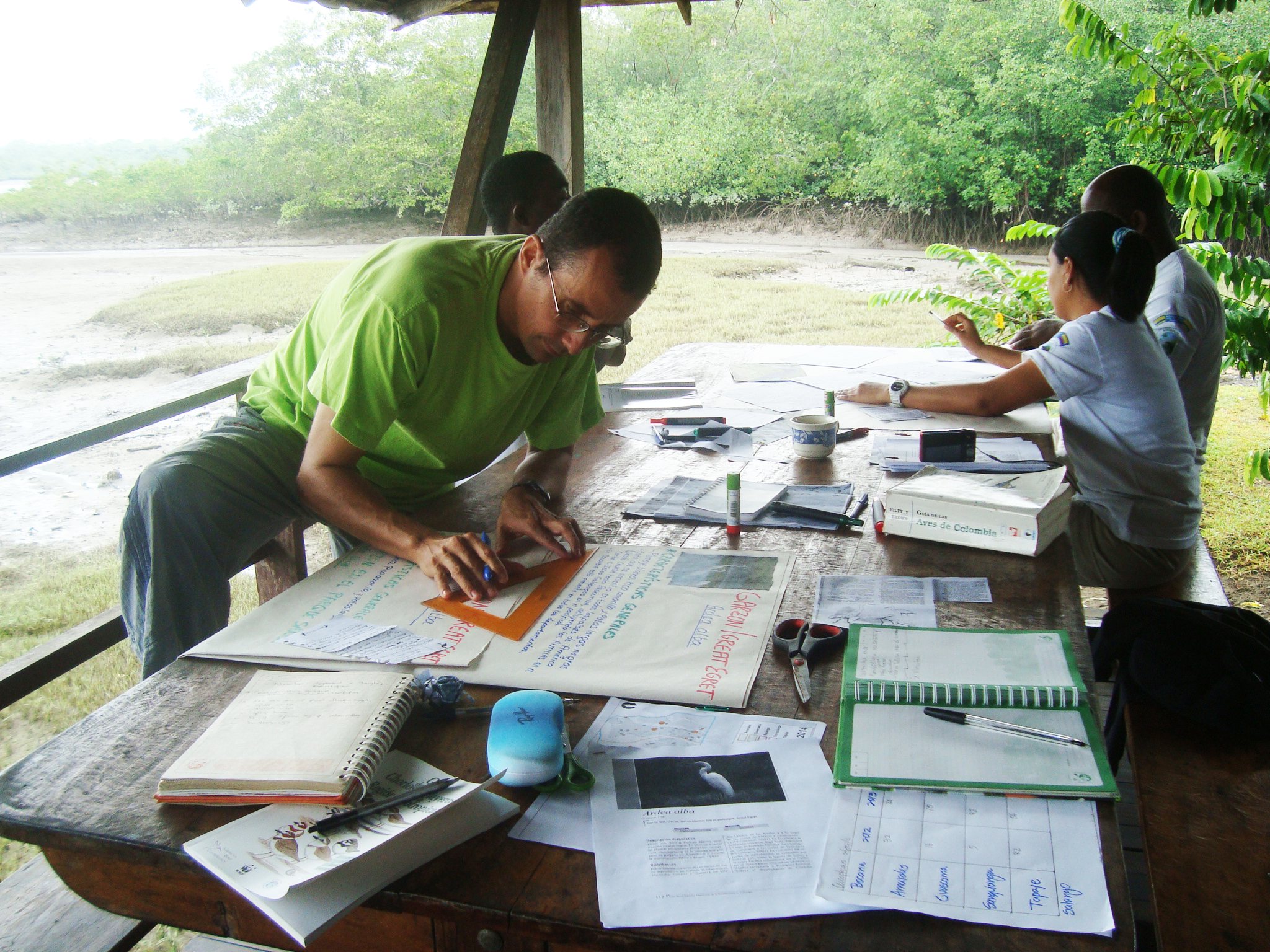Data are best when they’re put to good use. That’s one of the main points of this project. Below you’ll find specific examples of how data collected by partners in the Migratory Shorebird Project are being used for conservation action to help shorebirds, wetlands, and coastal communities. |
|

CanadaData collected by Birds Canada as part of the Migratory Shorebird Project has been used to determine the level shorebird disturbance caused by human activity in the Fraser River Important Bird Area. A Community Based Social Marketing campaign has been designed to engage with the public in 2017 and change attitudes and behaviour towards disturbance in this crucial site for shorebirds. For more information, contact: Dr. David Bradley
|
|

CaliforniaMigratory Shorebird Project data helped establish shorebirds as an indicator of estuary health in the 2015 state of the San Francisco Bay estuary report. Ongoing efforts of the Migratory Shorebird Project provide a measure of shorebird population change through time in the SF Bay, a site of hemispheric importance for shorebirds, in the context of the entire Pacific Coast of the Americas. For more information, contact: Dr. Matt Reiter (Chair) |
|

NicaraguaSurvey data from the Migratory Shorebird Project was recently used to designate Delta de Estero Real as the first Western Hemisphere Shorebird Reserve Network site in Nicaragua and the second in Central America. This important site of intertidal mudflats, shrimp ponds and mangroves was just found to support more than 10% of the biogeographic population of Wilson’s Plover (Charadrius wilsonia). For more information, contact: Dr. Rob Clay |
|

ColombiaSurvey data from the Migratory Shorebird Project was used to inform wetland management in Colombia’s Sanquianga National Park. Park staff are incorporating these data here as they meet near mudflats to plan management and outreach actions. For more information, contact: Diana Eusse, M.Sc |
|